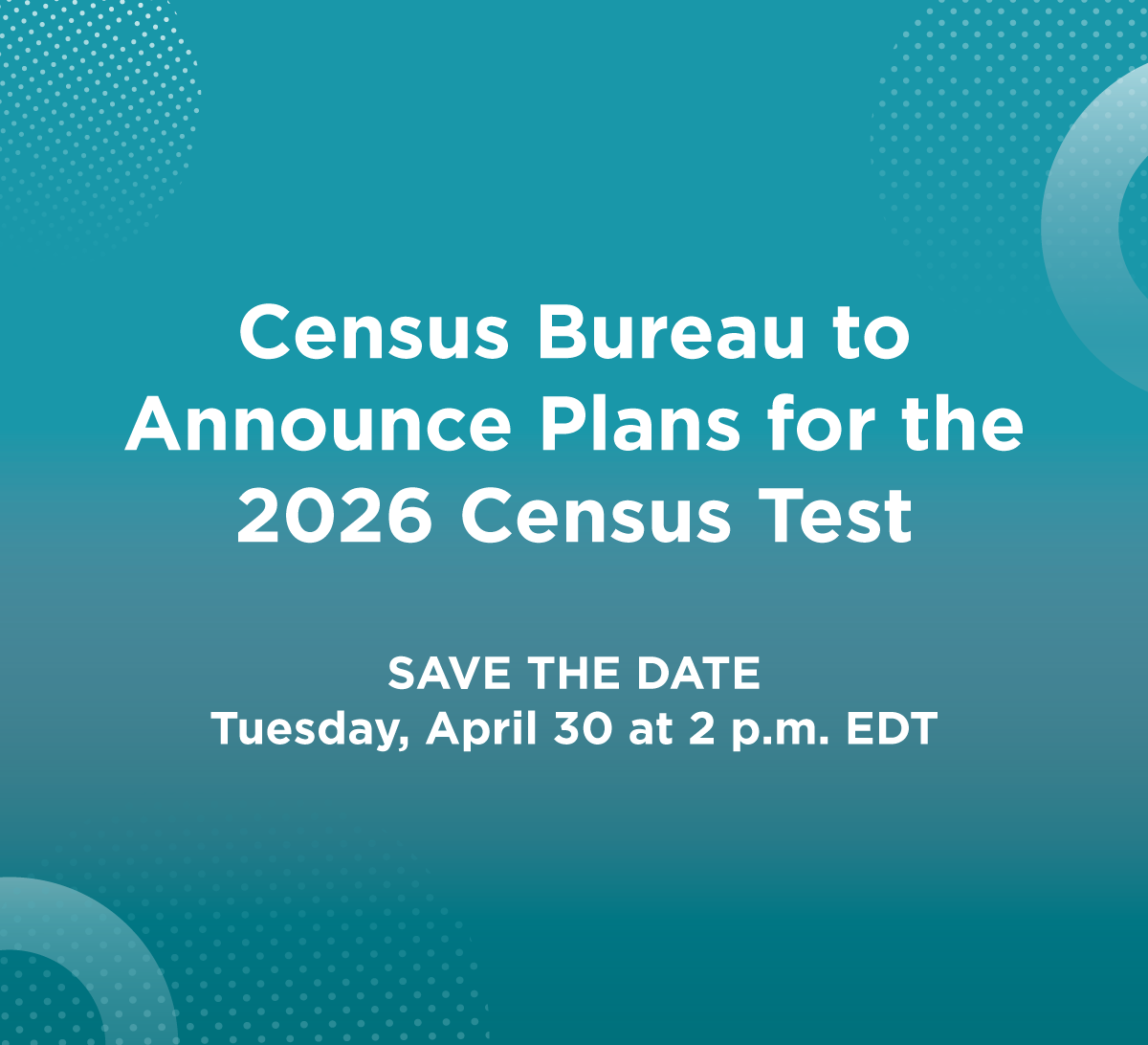Census Flows Mapper Highlights Labor Force Characteristics of Movers Between Counties
For Immediate Release: Wednesday, September 03, 2014
Census Flows Mapper Highlights Labor Force Characteristics of Movers Between Counties
Of the 16.6 million people who lived in a different county one year before, 7.3 million were employed and 1.3 million were unemployed, according to new migration statistics released today by the U.S. Census Bureau. A little over 5 percent of the U.S. population lived in a different county one year earlier.
The County-to-County Migration Flows Tables, which use data collected by the American Community Survey between 2008 and 2012, show how many residents move (flow) from one specific county to another during the course of a year.
“These statistics show the work, occupation and employment status of movers at the time they were surveyed,” said Kin Koerber, a demographer with the Census Bureau’s Journey-to-Work and Migration Statistics Branch. “With the new update, we can see movements of occupation groups from one part of the country to another.”
The release includes new statistics on employment status, work status and occupation characteristics and an update to the online mapping tool Census Flows Mapper. In addition, migration flows from Puerto Rico municipios (county equivalents) to U.S. counties are included for the first time.
Below are a few highlights for all counties in the U.S., which provide an example of the information available in Census Flows Mapper:
Employment Status
Employment status characteristics for the population age 16 and older show those employed and unemployed in the civilian labor force, the armed forces and those not in the labor force between 2008 and 2012. The reference period for employment status is the week prior to the survey response. For example:
- 17,590 who moved from Orange County to Los Angeles County, Calif., were employed civilians and 2,376 were unemployed.
- 1,013 who moved into Maricopa County from Pinal County, Ariz., were unemployed.
Work Status
Work status shows the usual hours worked per week and the weeks worked in the prior 12 months for the population 16 and older between 2008 and 2012. For example:
- 2,980 people who moved from Riverside County to Los Angeles County, Calif., worked 50 to 52 weeks in a year and at least 35 or more hours per week (full time).
Occupation
These statistics show the origin and destination of people 16 and older by their most recent primary occupation between 2008 and 2012. The occupation groups are management, business, science and arts occupations; service occupations; sales and office occupations; natural resources, construction and maintenance occupations; production, transportation and material-moving occupations; and military-specific occupations.
- 48,888 people 16 and older who moved to New York County (Manhattan) from elsewhere in the U.S. were employed in management, business, science and arts occupations at the time they were surveyed.
- 1,605 people 16 and older who moved to Harris County from Fort Bend County, Texas, were employed in a service occupation.
Puerto Rico Highlights
For the first time, flows from Puerto Rico municipios to U.S. counties are available. According to 2008-2012 American Community Survey statistics, 68,847 people moved from Puerto Rico to the U.S and 27,208 moved from the U.S. to Puerto Rico during the year prior to being surveyed. Among the top flows between Puerto Rico and the U.S. were:
- 1,244 moved from San Juan Municipio to Orange County, Fla., and 251 moved from Orange County, Fla., to San Juan Municipio.
- 738 moved from Bayamón Municipio to Orange County, Fla., and 300 moved from Orange County, Fla., to Bayamón Municipio.
- 316 moved from Miami-Dade County, Fla., to San Juan Municipio, and 480 moved from San Juan Municipio to Miami-Dade County, Fla.
Find Your Ideal Place with a Census Bureau Mobile App
People considering a move can now easily access and explore information on U.S. towns and cities with dwellr, a Census Bureau mobile app. This app helps people on the go access key demographic, socio-economic and housing statistics for thousands of places across the nation. Powered by American Community Survey statistics, dwellr can pull up a list of U.S. locations that matches users’ preferences for such variables as city size, geographic region, job type and income.
About the American Community Survey
The information in this release comes from data collected by the Census Bureau from 2008 to 2012 for the American Community survey. The questions asked include:
- Did this person live in this house or apartment one year ago?
- If not, where did this person live one year ago?
Both private and public organizations at the national, state and local levels use this information to forecast the demand for new public facilities, such as schools, hospitals and fire and police stations.
Ever since Thomas Jefferson directed the first census in 1790, the census has collected detailed characteristics about our nation’s people. Questions about jobs and the economy were added 20 years later under James Madison, who said such information would allow Congress to “adapt the public measures to the particular circumstances of the community,” and over the decades allow America “an opportunity of marking the progress of the society.”
-X-
Note: Statistics from sample surveys are subject to sampling and nonsampling error. All comparisons made in this report have been tested and found to be statistically significant at the 90 percent confidence level, unless otherwise noted. Please consult the tables for specific margins of error. For more information, go to www.census.gov/programs-surveys/acs/technical-documentation.html. See www.census.gov/programs-surveys/acs/news/data-releases.2012.html for more information on changes affecting the 2012 statistics. See www.census.gov/programs-surveys/acs/guidance/comparing-acs-data/2012.html for guidance on comparing 2008-2012 American Community Survey statistics with previous years.










